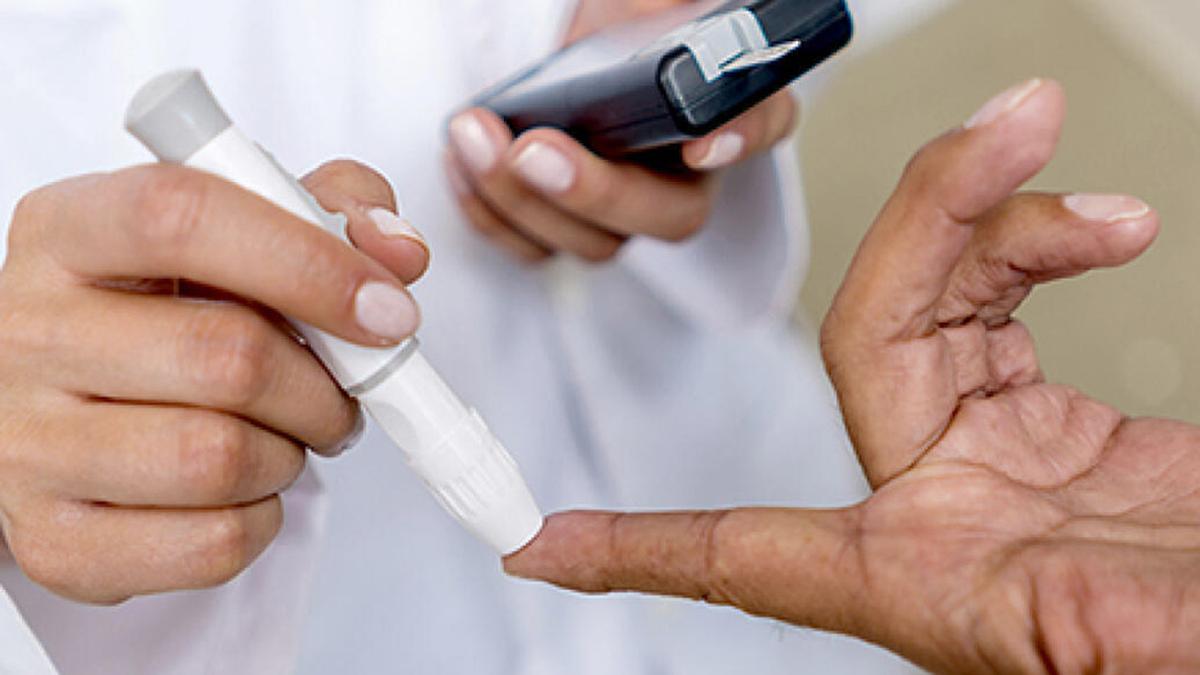
Quarter of the world’s diabetics are in India; experts call for prevention efforts on war footing
The Hindu
Global study reveals over 800 million adults with diabetes, emphasising urgent need for prevention, treatment, and policy changes worldwide.
On International Diabetes Day (November 14), there was bitter news for nations of the world. A paper published in the peer-reviewed journal, The Lancet, based on a global study, recorded over 800 million adults living with diabetes, with more than half not receiving treatment.
Not surprisingly, India had the highest number of diabetics in the world, but surprisingly enough, the number was nearly 100 million more than the numbers revealed as part of the nation-wide Indian Council of Medical Research (ICMR)-INDIAB study last year. Splitting hair over figures apart, there are clear indications that the number of people with diabetes is increasing in India, and investing in the prevention of diabetes, its treatment, and in the prevention of complications, is imperative.
The study, conducted by the NCD Risk Factor Collaboration (NCD-RisC), along with the World Health Organization (WHO), used data from over 140 million people (18+ years) culled from more than 1,000 studies in different countries.
According to the study, the total number of adults living with either Type 1 or Type 2 diabetes in the world has surpassed 800 million — over four times the total number in 1990. Of this 800 million, over a quarter (212 million) live in India, with another 148 million in China.
“Our study highlights widening global inequalities in diabetes, with treatment rates stagnating in many low- and middle-income countries, where numbers of adults with diabetes are drastically increasing. This is especially concerning as people with diabetes tend to be younger in low-income countries, and in the absence of effective treatment, are at risk of life-long complications, including amputation, heart disease, kidney damage or vision loss, or in some cases, premature death,” senior author Majid Ezzati, of the Imperial College, London, said.
One of the reasons for the huge numbers might be the use of either HbA1c value or fasting glucose, whichever data was available in different nations, explained V. Mohan, chairperson, Madras Diabetes Research Foundation. “The gold standard is fasting blood glucose and two-hour post prandial value after an oral glucose tolerance test (OGTT). This is what we used in the ICMR-INDIAB study. If they went by OGTT values alone, then the number would be half of what was recorded,” Dr. Mohan said.
“Using HbA1c, they used a single cut-off point to determine diabetes — 6.5 %. Even in those with normal glucose, a small percentage will spill over into the 6.5% HbA1c value, depending on whether individuals are ‘fast’ or ‘normal glycators’. Glycation is influenced by many things, including anaemia, and advancing age. Of course, in a global study, there are limitations about using the data that is already available. The reality is that we need to do something urgent about preventing diabetes and its complications,” he added.











